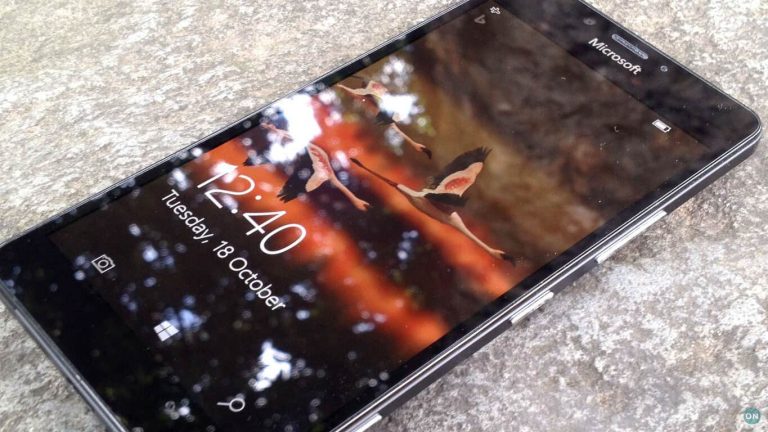Swedish researchers this week published the results of a study where they used a Windows phone to analyse DNA sequencing reactions in cells and tissues.
“A Nokia Lumia 1020 mobile phone was used in our prototype,” their paper published on Nature Communications reads. “It is equipped with a 1/1.5 inch camera sensor that provides 38 megapixels per image (7,152 × 5,368, 4:3 mode) with a pixel size of ∼1.1 μm. The camera also has a long focal length of 6.86 mm and together with the external lens that we have used in our microscope design, it provides an effective magnification factor of ∼2.6X.”
It’s important to emphasise that the Windows phone wasn’t used exclusively for the study and that the project was only successful with the additional attachment that not only enhanced the camera’s range but also included two tiny laser diodes and a white-light diode for the complex imaging required for such a study.
Even though the Lumia 1020 isn’t an out-of-the-box DNA-analysing miracle machine, this experiment shows incredible promise for improving medical capabilities in regions lacking in such resources and could even improve the study of infectious diseases.
“Mobile-phone-enabled molecular diagnostic analysis may provide a simple, cost-effective and yet powerful means to integrate molecular marker information with traditional morphology analysis and might further help digital molecular pathology become widely accessible at POC offices and even in resource-limited settings,” the scientists conclude. “The impact of this approach goes beyond molecular pathology. Other important applications may include for example, infectious disease diagnostics, where pathogen identity and load, as well as antibiotic resistance markers, can potentially be measured using the same mobile platform. With a simple DNA sequencing library preparation scheme and the capability to image NGS reactions, mobile-phone-enabled imaging and sensing tools may soon be used for targeted DNA sequencing in clinical settings and POC offices, with the potential to dramatically decrease the cost of NGS-based diagnostics globally.”
Where would you like to see mobile technology evolve in the future? Let us know in the comments below.


